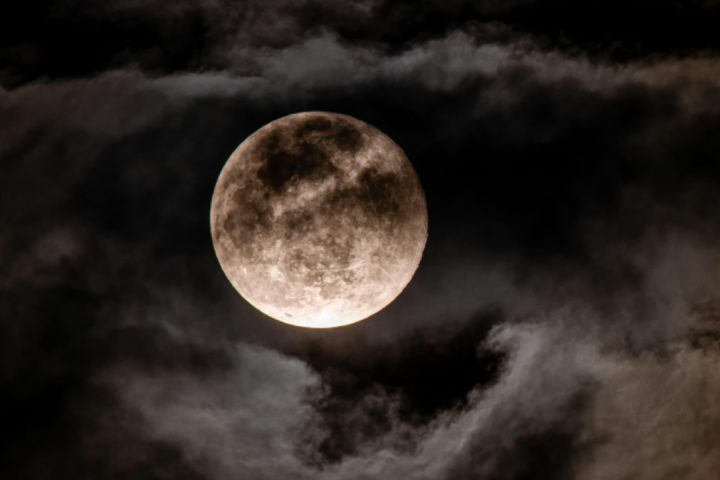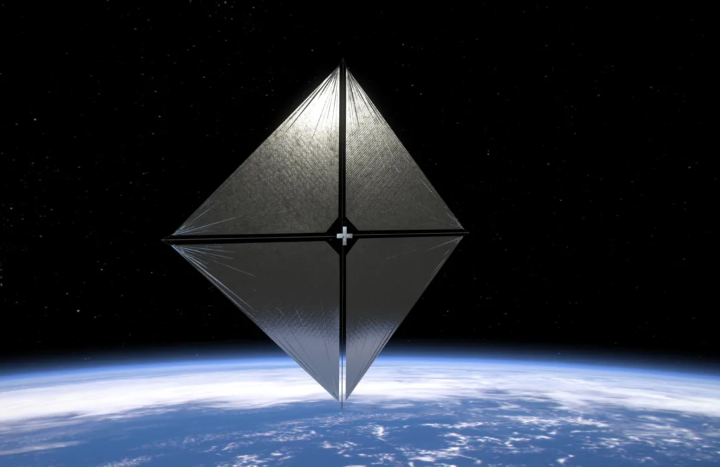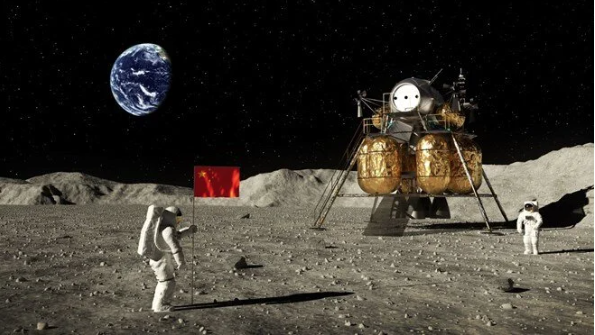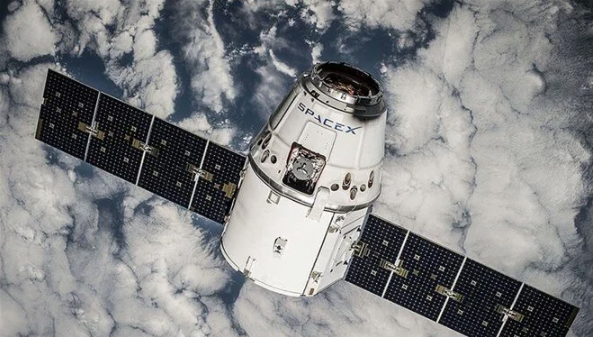Scientists have discovered a planet almost the same size as Earth and its star is almost the same size as our sun.
But that’s about all the similarity. The exoplanet in question is 10 times younger than our Earth, much hotter and has lava seas on its surface.
Astronomers discovered the new planet HD 63433 d with NASA’s TESS probe. TESS stands for Transiting Exoplanet Survey Satellite. Its mission is to discover thousands of exoplanets orbiting the brightest stars in space.
- Japanese investigators tracked like detectives: The cause of mass soldier deaths revealed
- Scientific research reveals the story of shooting himself with a nail gun
https://twitter.com/NASAExoplanets/status/1745190994637721753?ref_src=twsrc%5Etfw%7Ctwcamp%5Etweetembed%7Ctwterm%5E1745190994637721753%7Ctwgr%5E78cd6715184594ef95a3ef694b3b67f644203775%7Ctwcon%5Es1_c10&ref_url=https%3A%2F%2Ftr.mashable.com%2Fdis-gezegen-arayisi%2F12149%2Flav-gezegeni-nasa-bu-kez-yasanamaz-bir-dunya-kesfetti
Just 73 light years away, this scorched Earth is the closest and smallest known exoplanet. Scientists think it is 400 million years old, while our home planet is 4.5 billion years old.
In a paper published in The Astronomical Journal, the scientists who made the discovery say: “Young extrasolar planets are critical testing grounds for theories of planet formation and evolution.”
The number of confirmed exoplanets has now risen to 5,569, with more than 10,000 candidates under investigation. Statistically speaking, these numbers are a fraction of the number of planets we think are actually in space. Hundreds of billions of galaxies are filled with trillions of stars. And if one or more planets orbit these stars, the total number would exceed all estimates.
This planet is special because it's near enough to Earth, and its host star is bright enough, that we can use powerful telescopes like @NASAWebb to search for evidence of an atmosphere. We expect to hear more about this exciting planet in the future!
— Andrew Vanderburg (@amvanderburg) January 12, 2024
HD 63433 d is a very interesting planet because it is always facing its star. What’s more, it’s much closer to its star than Earth is to the Sun: eight times closer than Mercury is to the Sun. This makes the exoplanet’s orbit so small that a year lasts only four days.
And as any experienced sunbather will know, if you don’t turn around every now and then, one side will burn very severely.
Astronomers think the temperature on the side of the planet facing its star reaches 1260 degrees Celsius. But the state of the side that receives no light remains a mystery, and the research team hopes to clarify this issue in the future. The James Webb Space Telescope is expected to reveal more details about this young world, and may even look for traces of its atmosphere.
Andrew Vanderburg, one of the co-authors of the study, said on his X account:
“Young planets are exciting because they allow us to study how planets change over time. We do this by measuring their properties at different ages. It’s like studying how people age by observing a baby, a child, a teenager and an adult separately. You don’t have to wait for the baby to grow up.”





